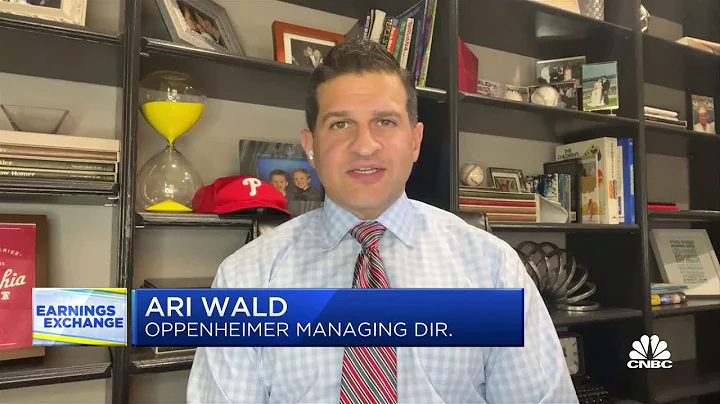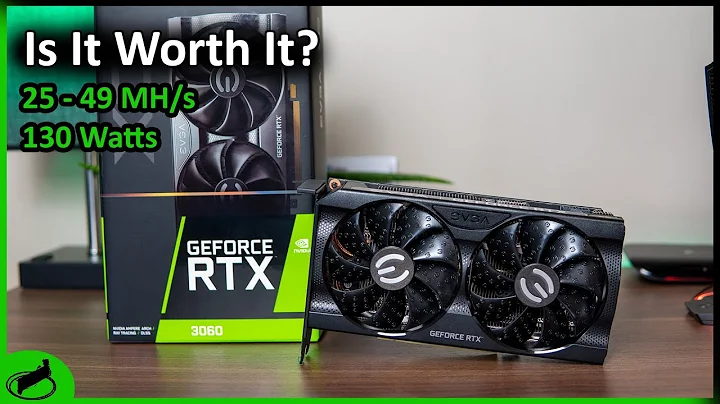Reviving a Faulty GTX 780: A Journey to Restore a Bargain Graphics Card
Table of Contents
- Introduction
- The Faulty GTX 780
- Possible Reasons for Malfunction
- Dust Accumulation and Its Effects
- Insufficient Power Supply
- Cleaning and Assessing the Card
- Importance of Cleaning
- Disassembling the Graphics Card
- Reapplying Thermal Paste
- Troubleshooting Windows Recognition
- Uninstalling Old Drivers
- Clean Installation of Graphics Drivers
- Flashing the BIOS
- The Benefits of Flashing the BIOS
- Creating a Bootable USB Drive
- Step-by-Step Guide for Flashing the BIOS
- Successful Restoration and Stability testing
- Testing System Stability
- Monitoring Temperatures
- Performance and Explanations
- Comparison to Other Graphics Cards
- Long-Term Testing Considerations
- Conclusion
Restoring a Faulty GTX 780: A Journey to Revive an Old Graphics Card 💻
Introduction:
Have you ever stumbled upon a bargain deal that seems too good to be true? Well, that's precisely what happened to me when I found a GTX 780 on eBay for just 20 British pounds. However, the catch was that the card was described as faulty and only booted into the BIOS. Intrigued by the challenge, I decided to explore whether this bargain purchase could be revived. In this article, I will share my journey of troubleshooting, cleaning, and ultimately restoring this old graphics card.
The Faulty GTX 780:
Upon receiving the GTX 780, it was evident that it had seen better days. Covered in a thick layer of dust, the card appeared neglected and overdue for some maintenance. The seller's limited description hinted that the card could not progress beyond the BIOS screen. With minimal information to go on, I embarked on a mission to determine the true extent of the cards' functionality and whether it could be revived.
Possible Reasons for Malfunction:
There were a few potential reasons why the GTX 780 may have been deemed faulty. The accumulation of dust and debris is a common culprit for impeding proper component functionality. Additionally, the inadequate power supply might have played a role in the card's limited performance. To address these issues and ensure optimal conditions, I procured a beefy 850-watt power supply and prepared for a thorough cleaning process.
Cleaning and Assessing the Card:
It was essential to commence the restoration process by cleaning the card thoroughly. Dust particles can hinder proper airflow and cause overheating, potentially leading to system malfunctions. Taking the card apart, I meticulously removed years' worth of grime and applied fresh thermal paste. This cleaning process aimed to restore optimal heat dissipation, ensuring the card's longevity and stability.
Troubleshooting Windows Recognition:
After reassembling and connecting the GTX 780 back to the system, it became apparent that Windows did not recognize the card. Rebooting the system with a new GPU usually prompts Windows to detect and install the necessary drivers. Unfortunately, this card posed a more significant challenge. Performing hardware scans and refreshing device manager yielded no positive results. However, a ray of hope emerged in the form of Guru3D, a platform that offered a comprehensive solution to my dilemma.
Flashing the BIOS:
To combat the Windows recognition issue, I decided to take a drastic step - flashing the BIOS. Flashing the BIOS involves the installation of updated onboard software for the graphics card, potentially enhancing performance and stability. This process required the creation of a bootable USB drive and the careful execution of a series of steps outlined in a helpful guide from Overclock.net.
Successful Restoration and Stability Testing:
After successfully flashing the BIOS, the GTX 780 was ready to be put through its paces. Stability was the primary concern, and I decided to test it over a few hours of gaming. The card held up admirably, exhibiting no crashes or instability issues. Temperature monitoring revealed acceptable readings, with idle temperatures at 31 degrees and a low of 63 degrees under load. These promising results indicated that the restoration efforts were successful in reviving the GTX 780.
Performance and Explanations:
Although performance metrics were not the primary focus of this restoration project, it is worth mentioning that the GTX 780 still holds up reasonably well in 2019. With approximately 20% performance improvement over a GTX 1050 Ti, it can provide a decent gaming experience. However, it is essential to consider an AMD equivalent, such as the R9 290, which may offer better performance due to improved driver optimizations. Keep in mind that performance may vary based on individual system configurations and game requirements.
Conclusion:
In conclusion, my journey to revive a faulty GTX 780 has been a remarkable experience. From diagnosing the issue to cleaning, troubleshooting, and ultimately restoring the card, the process was gratifying. While not all faulty components can be revived, this endeavor serves as a testament to the potential of salvaging older hardware. With patience, dedication, and a touch of perseverance, it is possible to breathe new life into forgotten electronics, unlocking their full potential for future adventures in the digital realm.
 WHY YOU SHOULD CHOOSE TOOLIFY
WHY YOU SHOULD CHOOSE TOOLIFY


































